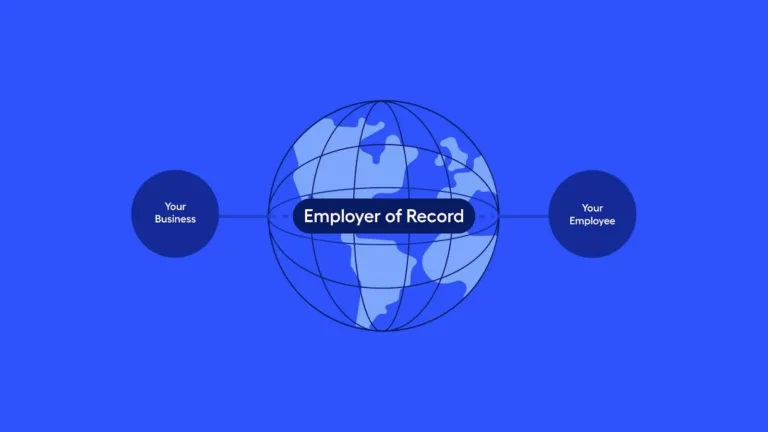Caught in a Crisis
$8.5 trillion in unrealised annual revenue. Over 85 million workforce positions unfilled.
That’s the potential of the ongoing global talent shortage. If trends continue, by 2030 your company could be facing a major shortfall in available labor, just when most of your baby boomer employees will be leaving.
And if you’re leading a tech or healthcare company, it could be even worse. Already, vacancies in healthcare are over 80% higher now than pre-pandemic. An ongoing demographic shift is set to make that bad situation even worse.
The problem is worldwide and set to continue for the next decade at least. It’s also spread across demographic bands. US labor force participation shrank, even pre-pandemic, in the critical 16-24 (entry-level) group and the 45-54 (leadership) group.
Is this the end? Are you doomed to forever be a frantic search for suitable employees, barely able to keep up with demand and always fighting to get even barely-qualified candidates?
Fortunately, no. To survive the global talent shortage, you need to build a global and talented workforce. In this guide, Multiplier will show you how to position your company to take advantage of the shift. With the right mindset, what’s coming can be a major opportunity – not a disaster.
Time to dive in.

How to Survive a Talent Shortage
- Don’t give in to the desire to “lock down” current employees in static roles for as long as possible. Today’s work environment, with an emphasis on hybrid and remote work and a global workforce, favors employees who keep their options open. Your first reaction in a global talent shortage might be to pour resources into a small pool of critical employees, but that rigidity can be fatal.
- Recognise current employee needs. Stop thinking only about the company, and put yourself in your worker’s shoes. They crave recognition, opportunity, and rewards. Providing those will position your company as a playmaker with the chops to attract new talent even amidst a growing shortage.
- Upskill the workers you have, instead of chasing the best-trained (and most expensive) employees from other companies. Focus on building out your own team of skilled workers, enabling you to hire from within.
- Embrace current demographic trends. With boomers retiring in ever-greater numbers between now and 2030, skilled positions at the top of your organization will likely be harder to replace. That said, by some estimates over half of such positions could potentially be filled from current employees.
- Finally, analyze your needs. Talent shortages aren’t evenly distributed. Tech positions, management, and other skilled worker positions will be harder to fill. That uneven distribution makes talent shortages hit harder, but it also means that a number of approaches can be brought to bear. Don’t try to solve all talent shortages at once. Instead, combine new perspectives on hiring with a clear analysis of what your organization needs and doesn’t matter
Getting Serious About What’s Coming
You don’t have to look far to see the doomsday scenarios for companies facing an impending talent shortage. The shortage in talent is a global problem, part of a much broader shift in global employment that comes on the heels of a long-running demographic adjustment.
With Japan and most Western countries experiencing steadily declining birth rates, there simply aren’t enough talented young workers to replace the outgoing baby boomer generation. Most boomers will be out of the workforce by 2030, putting pressure on companies and leaders to act now to avoid being put in an untenable position.
How bad could it get? 85 million unfilled positions is bad enough, but the US alone could be short 6 million workers by 2030. In Canada, nearly 80% of companies still need tech employees, highlighting how concentrated the problem will be in certain sectors.
It’s not just tech. In the healthcare industry, 1 in 4 Canadian nurses plan to leave the profession within the next three years. There’s a steady job vacancy rate of 5.6% across the sector, far higher than the rate for most other sectors.
A Call To Arms
When the going gets tough, the tough get hiring. Start with the tips above. Realize that most of the global talent shortage stems from long-running trends that aren’t going to change overnight; fighting them will be pointless.
Instead, embrace the change! Talent shortages are often local, so look globally to fill them. A growing number of companies, like Multiplier, exist to help local companies find workers with critical skillsets wherever they live.
Lean in to the new models of work. Raw productivity is out as a performance metric; quality is in. Attract the best talent from around the world, then leverage that advantage to produce top-quality work, whatever the field.
Don’t overlook what you already have. The new generation of employees often asks for compensation between $50,000-$100,000 higher than outgoing boomers. Before you look out, look in, and consider how you can train and develop existing talent with critical skills.
Leverage tools like Multiplier, embrace a workforce born in a world without limits, and you’ll be in a position to survive and thrive in the global talent shortage.







